Welcome back to another episode of TTALBbAB, the show where there are no birds and we’re all a little sad about it. You join us in the middle of our search for suitable birding substitutes to carry us through the long, hot summer and into the sweet oasis of fall migration.
In Part 1 we looked at how you can project your aimless birdlust onto unsuspecting butterflies. In Part 2 we upped the ante and dived into the deep and complicated world of dragonflies. Here in Part 3 though, we’ll be changing things up a bit.
This is going to sound a little weird, so I just need you to bear with you me for a minute here. It may be outside the box, but it is my belief that if you can’t watch birds because the summer made them all disappear, you should probably go look at some cars.
This revelation is preceded by a confession. Get ready, because here it comes. I – a birdwatcher and nature-lover – absolutely love cars. Motorcycles too. To many that may not seem like a confession at all, but in the naturalist community it certainly feels like one. Naturalists are supposed to hate cars. They’re loud, they’re dirty, they burn fossil fuels, and they run over the very wildlife we’re trying to watch. We’re supposed to roll our eyes when some noisy, V8 monster goes rumbling by, or some youth in his tricked out import takes off a bit too aggressively from the traffic light.
But I love them. I grew up with posters of them on my walls. I idolized them and the people who drove them. Learned all the names and numbers. Fantasized about the day I could get behind the wheel, or throw my leg over a motorcycle. And just like my childhood love affair with birds, my lust for things that go continues unabated to this day.
I won’t lie and tell you it’s been an easy road. Resolving these two conflicting sides of myself has brought me great turmoil. A little too much nature nerd to fit in with the gearheads, and a little too much gearhead for the nature nerds. An outcast. A loner. Not to mention the internal moral conflict.
“But what about electric cars?” you’d say? Maybe you could have your cake and eat it too? Alas, the electric car may be good for the environment but it’s a struggle for the enthusiast. Electric motors are great. Too great. Basically perfect, actually, and therefore lifeless.
In my opinion the romantic aspect of the autobile is firmly rooted in the combustion engine. Engines that run on explosions are both fascinating in concept and deeply flawed. This flawed nature gives them the character of a living thing. They even sound like living things – grunting, burbling, growling, screaming and chirping. They awaken something primal inside you, like hearing a lion roar or watching an eagle fly.
But I digress. We’re not here to talk about my deep, profound love for the automobile and its ramifications on my life and mental wellbeing (although it’s my blog and I can talk about whatever I want). We’re here to find you a place to put your birding energy when the birds are on the down-low, and cars just might be that place.
If you are unconvinced – which seems likely – let us hearken back to our criteria for birding surrogates. Remember that:
- It must be outdoors. That works, because there ain’t no cars in your living room (probably).
- It must involve pursuit. I do not endorse you chasing other cars with your car. I do not endorse you chasing other cars with your car. I do not endorse you chasing other cars…
- It must have a system of identification and organization. This is my favourite part.
Most people think cars and birds have nothing in common, but criterion #3 is where it all comes together.
Birds – and other living things – are classified using a hierarchical scheme which gives us humans a way to organize them according to their relationships. To see what this looks like, let’s consider an example bird: the American Robin.

There are seven levels to this classification system (more if you’re serious about it) and they are:
- Kingdom: Animalia. Guess what that means.
- Phylum: Chordata. Things with spinal cords.
- Class: Aves. Birds, like with feathers and stuff.
- Order: Passeriformes. Perching birds (aka songbirds).
- Family: Turdidae (ha). The thrushes.
- Genus: Turdus (also ha). The “true” thrushes for some reason.
- Species: migratorius. Because some of them migrate. Occasionally.
The last two items make up the bird’s binomial (or Latin) name Turdus migratorius and are always italicized because science. Every living thing on the planet (that we know about) is classified in this way. And so are cars.
Don’t believe me? Let’s consider an example car: the Dodge Journey (the American Robin of cars).
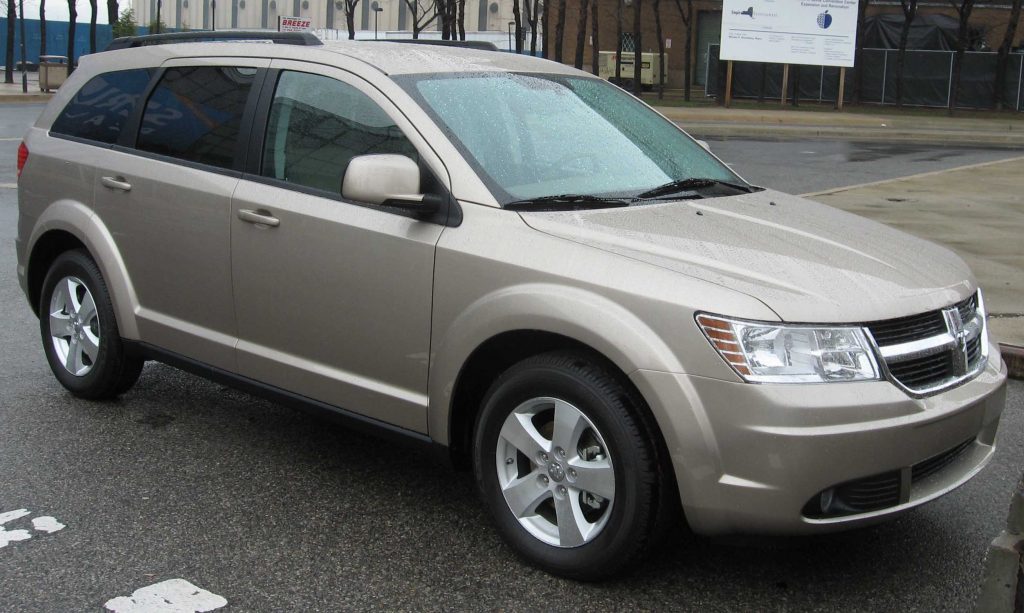
Immediately we are confronted with a binomial name. Journey is the model, comparable to species. Dodge is the make, and here fills the role of genus. There are many species in the genus Dodge, but only one is called the Dodge Journey.
It gets better. Dodge belongs to a group of makes under the Chrysler umbrella, so you can look at Chrysler as the family. Chrysler in turn is owned by Fiat, which slots in nicely as the order. Consider the class to be simply Automobilia and we’ve got ourselves a hierarchical classification system.
Making things even a bit sweeter is the fact that car companies tend to use consistent design elements in their vehicles, so the more closely related cars are, the more closely they resemble each other. IS THIS WORKING FOR ANYBODY ELSE OR ONLY ME?
I sense that you’re not completely with me so let’s just jump into a few examples to get the ball rolling.
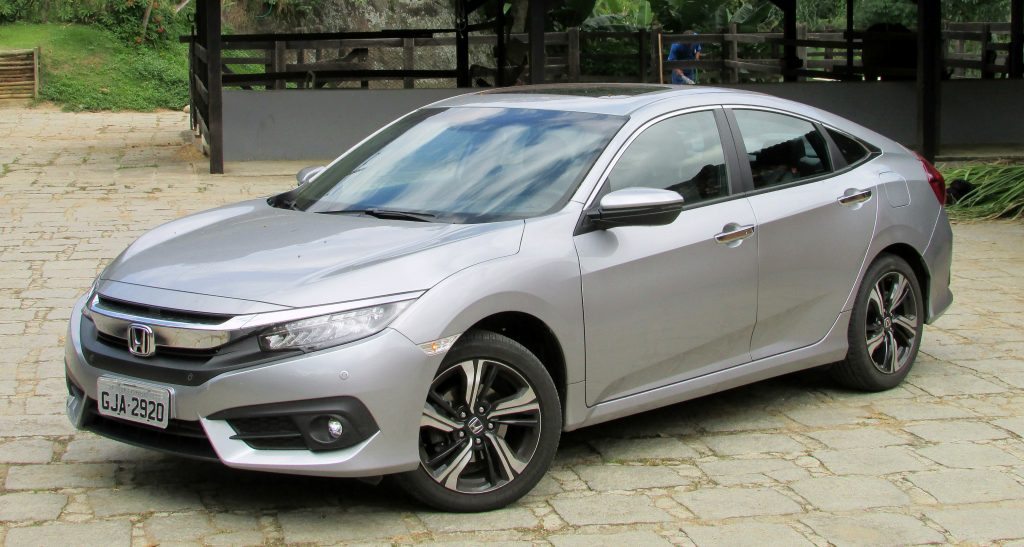
Here we have a Honda Civic, the perfect car to start with because it’s probably the most common car in any environment. It’s like a Song Sparrow. After the first two you’ll stop looking at them completely, and yet there’s something vaguely comforting about knowing they’re there. Am I being too hard on Song Sparrows in these blog posts?
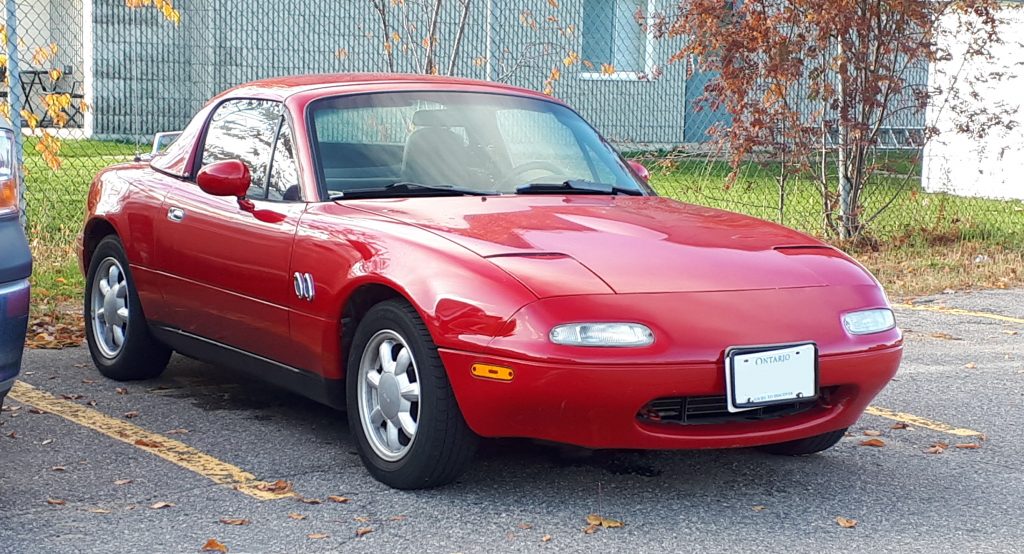
Ok, so here we have a reasonably common but mildly interesting species, the Mazda Miata. Now Mazda is sort of a rare thing in the car world because it exists all by itself, so this genus is in its own family and order. This individual is in pretty crisp plumage, and appears to be sleeping. Someone has lovingly applied a pair of fake porthole vents to the front quarter panel…we’ll just chalk that up to natural variation within the species.
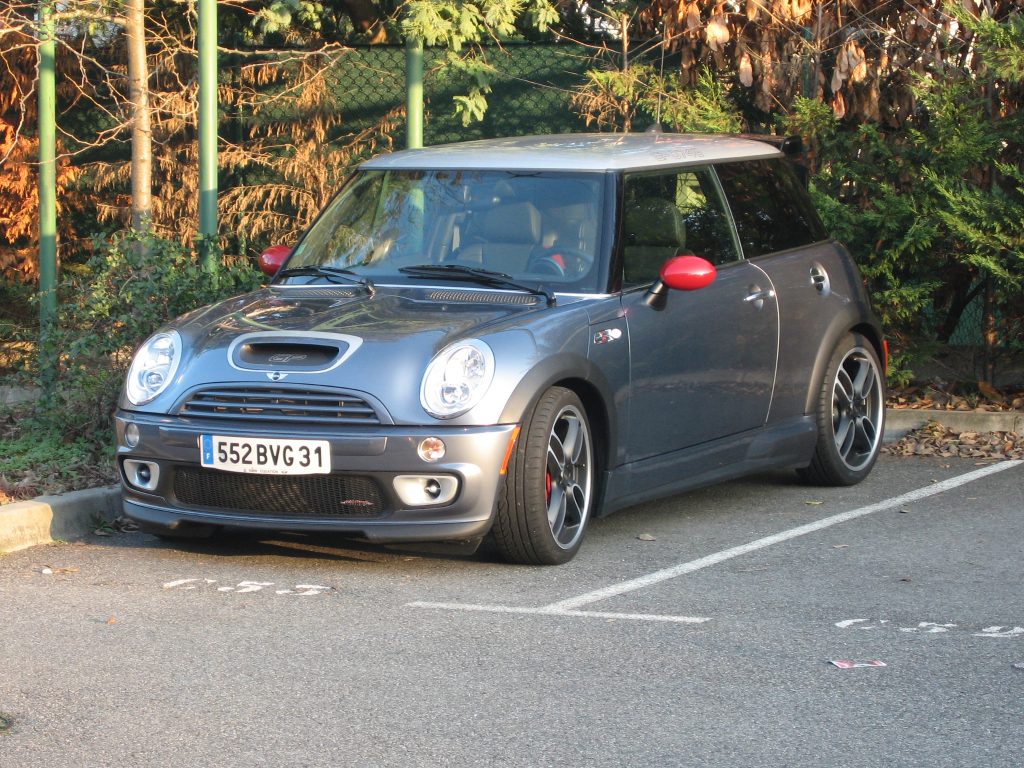
Quick everybody, look to your left! What’s that cute little critter hiding in the corner over there? Why, it’s a Mini Cooper. These plucky little cars don’t look like any other vehicle on the road, but they actually belong to the BMW family. This shy individual is the John Cooper Works performance edition. Can you say ‘subspecies’?
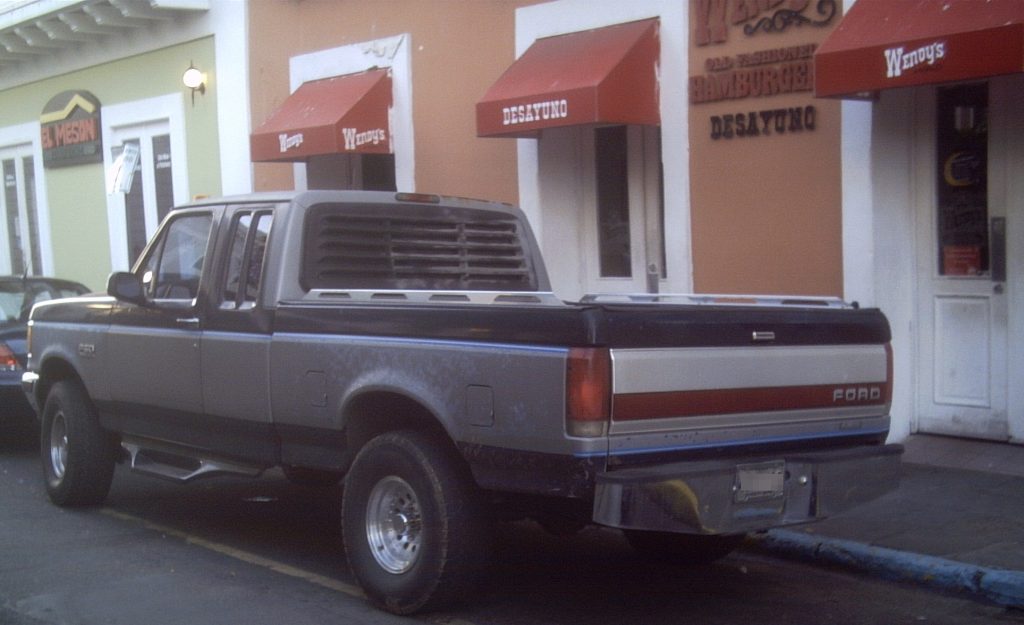
Well if it isn’t a Ford F150, perhaps the Canada Goose of cars. The plumage on this older individual is looking a little worn but don’t be fooled, it’ll still run you down if you get too close. Perhaps it is about to molt. Or die. Don’t feel badly either way, it probably lived a good life of acting aggressively and eating used cigarette butts.
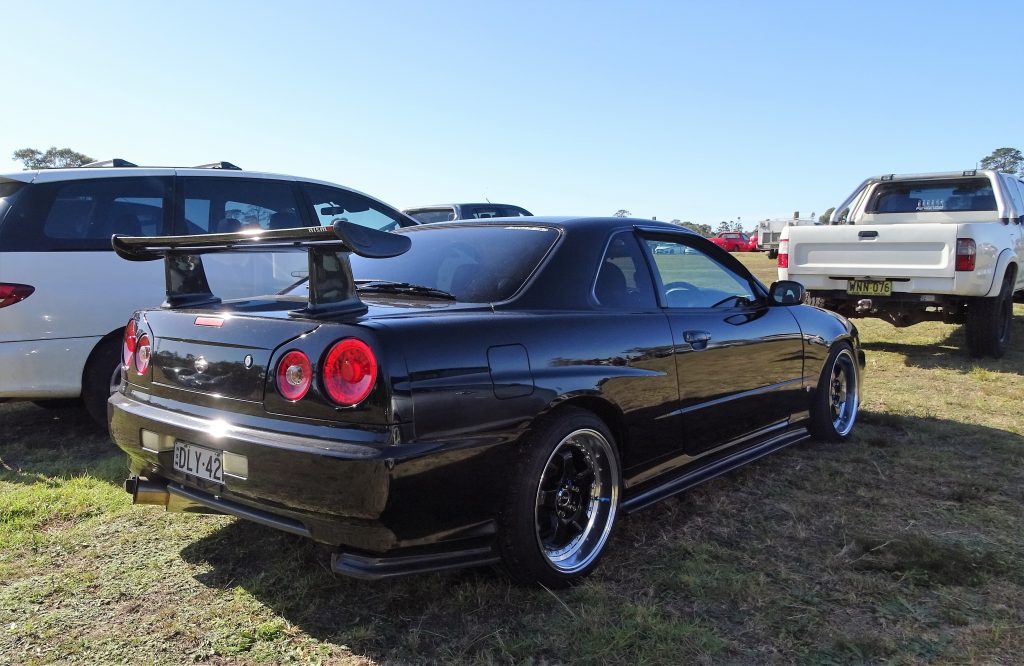
Whoa, everybody get your binoculars on this one right away! This Nissan Skyline is a rare vagrant from Japan. It’s not native here…it must’ve hitched a ride on an ocean liner or something. Note the large, round, double taillights, which are somewhat reminiscent of our Corvette. This is a good example of convergent evolution, as the two bear no relation to each other.
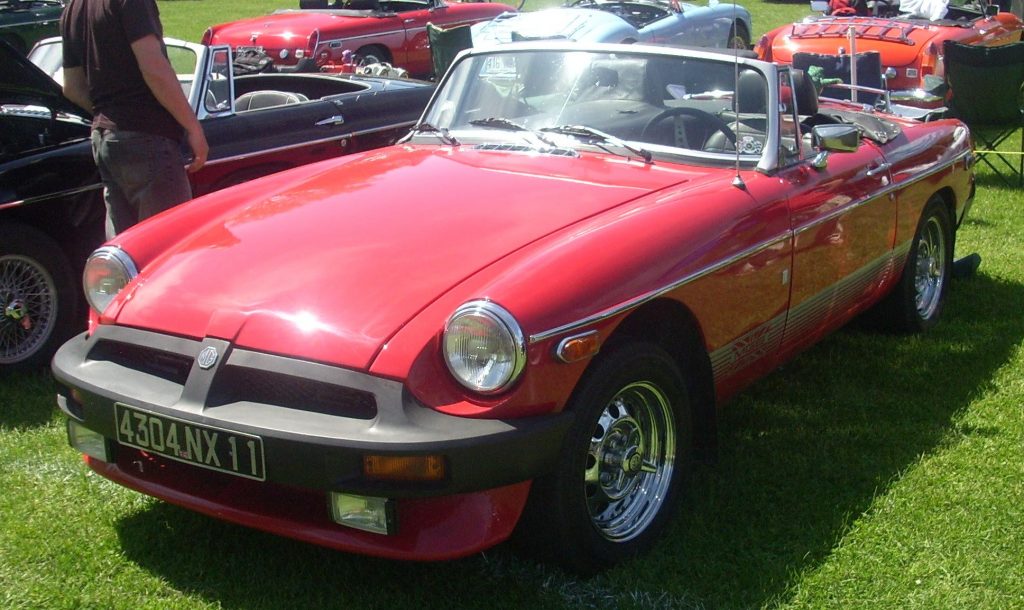
In the hot summer months be sure to keep an eye out for the quirky little MGB. This is an introduced species from the UK, and we only see it in the warm seasons as it is not tolerant of our northern winters. Nobody knows where it goes from October through April. The inevitable post-mid-life-crisis white male at the wheel is as good a field mark as any.
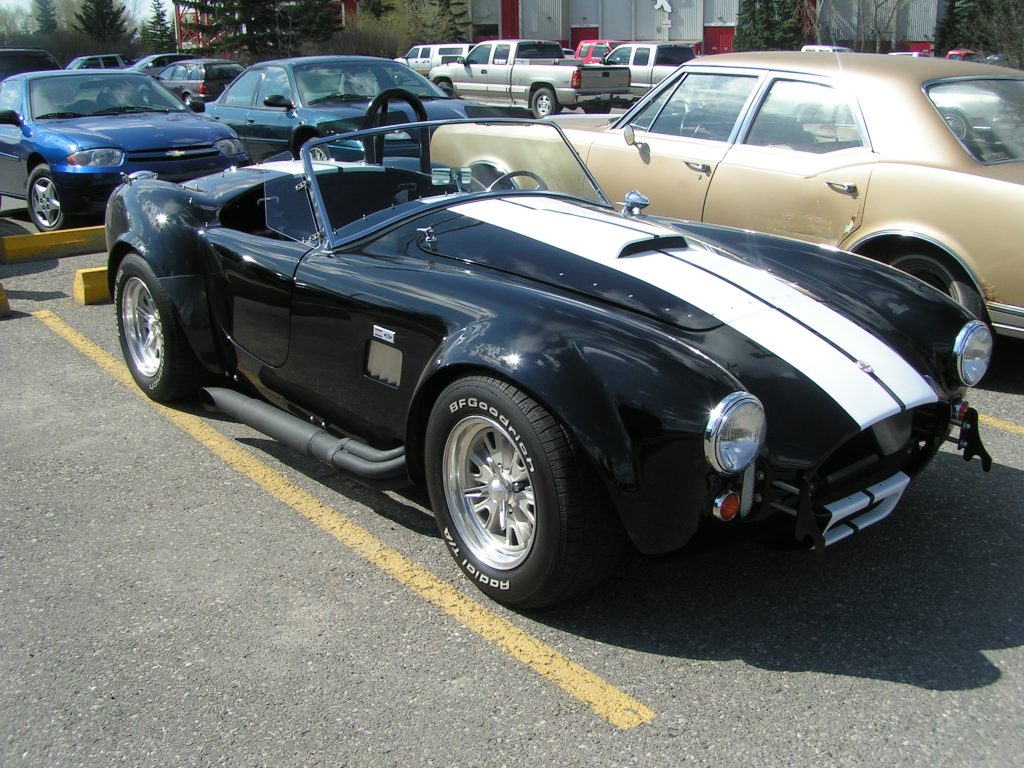
At first glance this dapper number appears to be an extremely rare Shelby Cobra, but don’t be fooled! This Factory Five Roadster is practicing a sophisticated form of mimicry. By pretending to be something greater than it is, it gains elevated status and social standing among the other cars. Better keep that secret though, or it can all be lost faster than you can say “427 big block”.
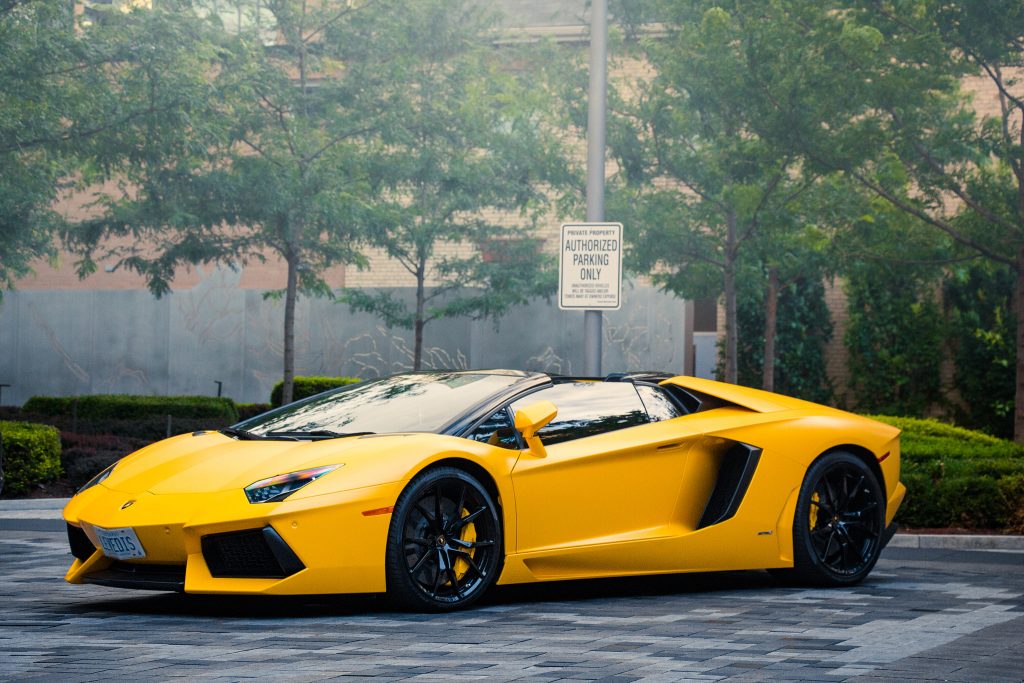
Now this Lamborghini Aventador Roadster constitutes a mega rare if I’ve ever seen one! This less-than-annual sighting is well worth a second look, and its spectacular markings are unmistakeable. Known for its blistering speed during the hunt, and its sonorous call that may be heard from across town. Better get a photo, or your skeptical friends won’t believe you. You can always make a field sketch if you don’t have a camera.
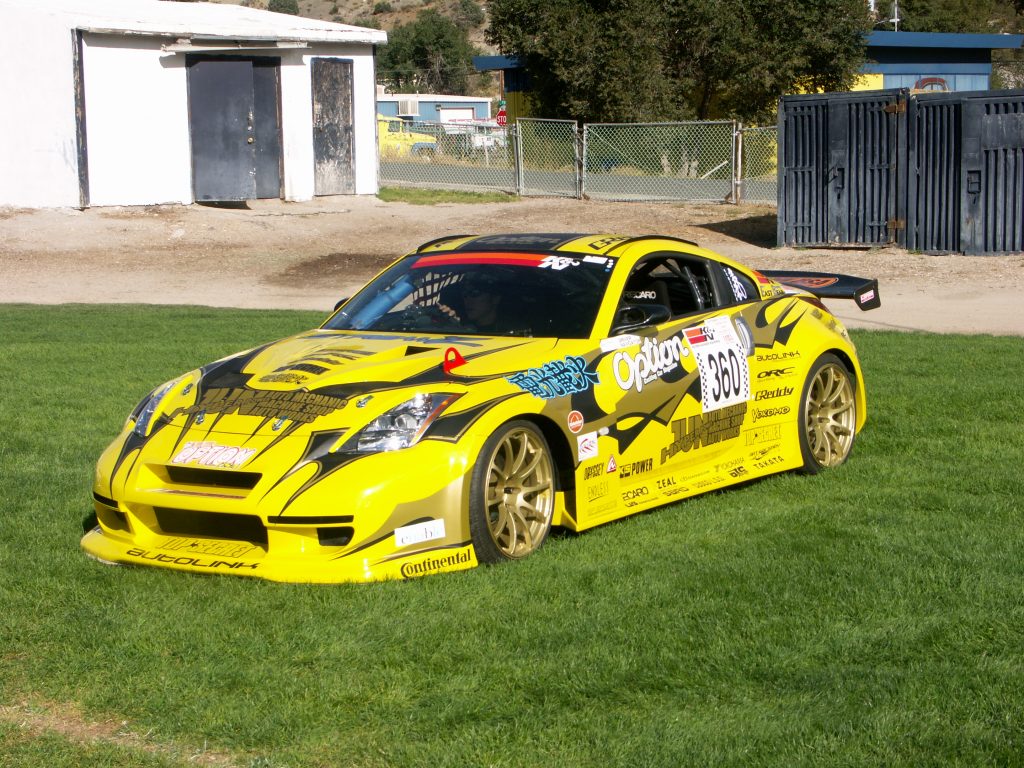
One more, just for fun. Certain species have a particular tendency to grow a variety of accessory features that can make identification tricky. This Nissan 350Z is so heavily adorned that it is almost unrecognizable. The purpose of these features is unknown but it likely has to do with mating. Everything weird has to do with mating. Maybe it’s a case of runaway selection gone amok, or maybe this odd individual will simply fail to successfully procure a mate and therefore be unable to pass on the genes that code for this absurdity.
I could go on, of course, but I already sense that I’ve probably lost all but two of you (yes I know who you are). Perhaps cars just don’t speak to you as a birding alternative. In that case maybe head back to Part 1 or Part 2, or simply sit on your hands for another few weeks. But maybe – just maybe – this has been enough to wet your proverbial whistle. If that’s the case then you’re welcome, happy carwatching, and I’ll see you soon for fall migration.
Photos:
Dodge Journey: By IFCAR – Own work, Public Domain, https://commons.wikimedia.org/w/index.php?curid=3758172
Honda Civic: By JasonVogel – Own work, CC BY-SA 4.0, https://commons.wikimedia.org/w/index.php?curid=75483540
Mazda Miata: By SsmIntrigue – Own work, CC BY-SA 4.0, https://commons.wikimedia.org/w/index.php?curid=84330246
Mini Cooper JCW: By No machine-readable author provided. Malebodgia assumed (based on copyright claims). – No machine-readable source provided. Own work assumed (based on copyright claims)., Public Domain, https://commons.wikimedia.org/w/index.php?curid=1593964
Ford F-150: By Bull-Doser at English Wikipedia – Own work, Public Domain, https://commons.wikimedia.org/w/index.php?curid=21445211
Nissan Skyline: By FotoSleuth – Nissan Skyline GT-T, CC BY 2.0, https://commons.wikimedia.org/w/index.php?curid=75934519
MGB: By Bull-Doser – Own work, Public Domain, https://commons.wikimedia.org/w/index.php?curid=4273041
Factory Five Roadster: By dave_7 from Lethbridge, Canada – Cobra Kit Car, CC BY 2.0, https://commons.wikimedia.org/w/index.php?curid=34584752
Lamborghini Aventador: By Chris Chung – Imported from 500px (archived version) by the Archive Team. (detail page), CC BY 3.0, https://commons.wikimedia.org/w/index.php?curid=73794153
Nissan 350Z: By The original uploader was NNH at English Wikipedia. – Transferred from en.wikipedia to Commons., CC BY 2.5, https://commons.wikimedia.org/w/index.php?curid=2085241

